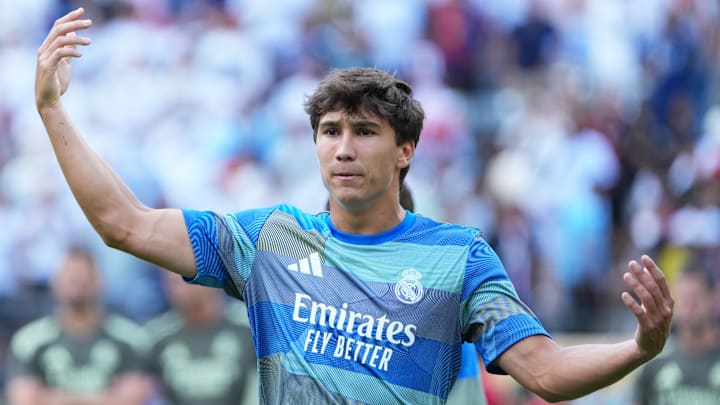FIFA has confirmed that the Club World Cup will have another edition, even though the date and location haven’t been announced yet. What’s already known is that Real Madrid has been lobbying behind the scenes for the tournament to take place every two years.
According to The Guardian, the organization wasn’t impressed by the idea. Gianni Infantino believes holding the event that often could wear out the brand and hurt the sport overall. FIFA’s focus is going in a different direction: increasing the number of participating clubs, not how often the tournament happens.
Real Madrid’s commercial strength in the Club World Cup
Real Madrid was, by far, the most impactful club in the first edition under the new format. On its own, it was responsible for 25% of all tickets sold and had the highest average attendance of the tournament. Those numbers turned the club into a key piece in FIFA’s view of the competition’s commercial potential.
But Madrid’s success went beyond the stands. Internally, the Spanish club saw it as a chance to grow even more. That’s why they suggested to FIFA that the tournament be held every two years.
It’s not just about playing more. It’s about selling more, being seen more, and earning more. And for a club that’s already pushing to create its own Super League, this idea fits perfectly with Real Madrid’s vision: elite soccer for a global audience.
Infantino wants to grow the tournament, but in a different way
Despite the pressure, Gianni Infantino shut down the idea of a biennial tournament. In his view, it would be too much. FIFA’s plan is to make the Club World Cup more inclusive, not more frequent. That means possibly expanding to 48 clubs in the next edition, expected in 2029.
That number isn’t official yet, but it’s being seriously considered. In 2025, the tournament will feature 32 teams. By 2029, that could increase significantly. The logic is simple: more clubs means more markets, more fans engaged, and more interest from sponsors.
In a recent speech, Infantino named Arsenal, Liverpool, Manchester United, Tottenham, Barcelona, Napoli, and Milan as clubs he’d like to see in the next Club World Cup. Those teams weren’t mentioned by accident. They’re historic, have global fanbases, and strong media pull. But none of them have a guaranteed spot, which raises a red flag.
The temptation to turn merit into an invitation
Right now, Paris Saint-Germain is the only European team guaranteed to play in the next Club World Cup, thanks to its Champions League win in 2024–25. Chelsea, even as the current world champion, doesn’t have a guaranteed place. They’ll have to compete for one of the available spots for European and English clubs. That shows that even recent champions don’t automatically qualify.
At the same time, Infantino’s comment about which clubs he’d “like to see” sounds off. If the selection is based on performance, that’s fine. But if it turns into a convenience-based invite list, the competitive spirit of the tournament gets lost. There’s a real risk of turning the Club World Cup into a Super League in disguise — only this time, with FIFA’s seal.
